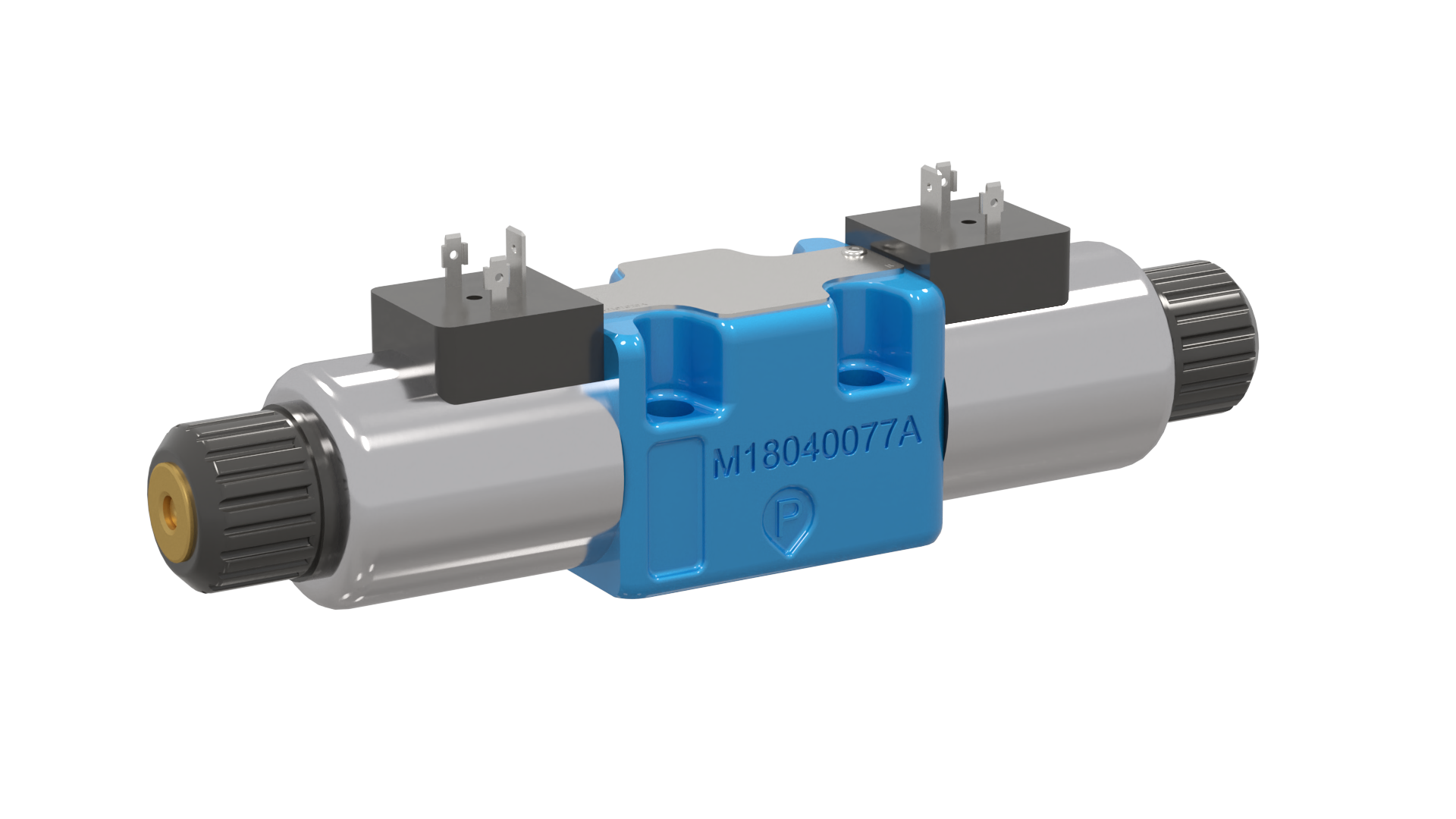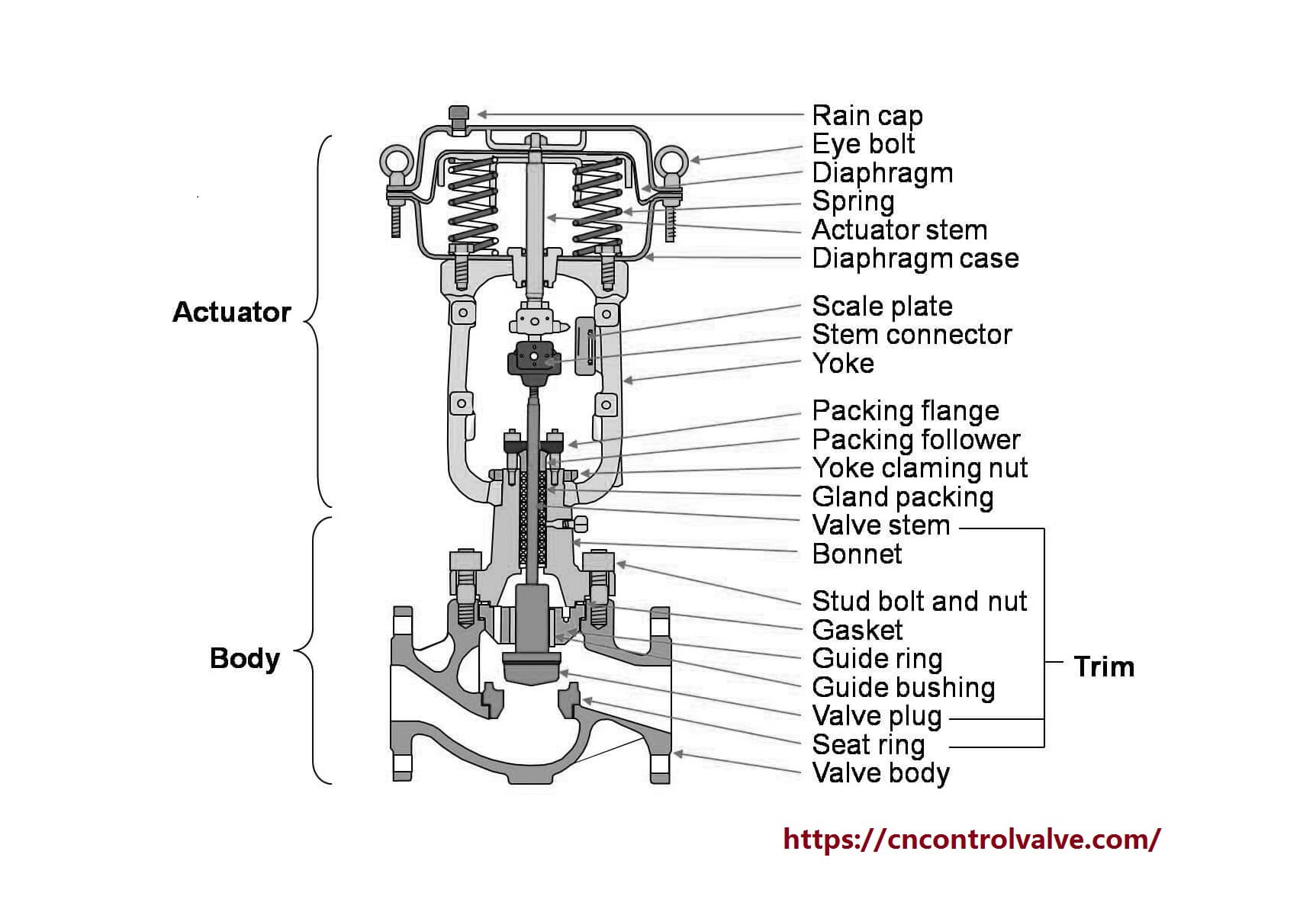Important Aspects to Take Into Consideration When Choosing Control Valves
Important Aspects to Take Into Consideration When Choosing Control Valves
Blog Article

Maximize Energy Cost Savings and Convenience With Advanced Structure Automation Controls
In the world of modern-day style and center administration, the assimilation of innovative building automation controls stands as a pivotal innovation. The merging of innovation and sustainability has birthed a new era where power efficiency, comfort optimization, and operational streamlining are no longer obtainable facts however distant aspirations. By using the power of automation, structures can adjust, react, and advance in methods that were as soon as unimaginable. The capacity for significant power savings and improved comfort is not simply a guarantee but a possibility waiting to be satisfied. This standard change in structure management holds the key to opening a globe where environmental conscientiousness and passenger wellness sympathetically exist side-by-side within the walls of our frameworks.
Energy Efficiency Perks
Power effectiveness advantages can significantly reduce power usage and functional prices in structures. Energy-efficient systems, such as advanced building automation controls, can maximize the use of sources like lights, heating, and air conditioning, leading to lower power costs over time.
Additionally, enhanced energy effectiveness can extend the life expectancy of structure devices and systems. By running much more successfully, HVAC systems, lighting fixture, and various other structure parts experience much less wear and tear, causing minimized maintenance and substitute prices. Furthermore, energy-efficient structures frequently regulate higher property values and rental rates, offering lasting economic benefits to owners.
Moreover, power performance can enhance resident convenience and efficiency. Appropriately regulated interior environments with optimal illumination and thermal problems develop an even more helpful and positive workspace, resulting in boosted employee complete satisfaction and performance. In general, the energy efficiency advantages associated with sophisticated structure automation controls are complex, encompassing expense financial savings, environmental stewardship, and resident wellness.
Boosted Comfort Control
Enhancing convenience control in structure environments requires a sophisticated integration of sophisticated automation systems for ideal owner wellness. By using advanced building automation controls, facilities can customize the interior setting to fulfill the particular needs and preferences of residents. These systems make it possible for accurate law of temperature, ventilation, and illumination, creating a efficient and comfortable environment. Occupant fulfillment and efficiency are very closely linked to thermal convenience, making it vital to have systems in location that can adapt to altering problems in real-time.
Improved comfort control surpasses standard temperature level changes. It includes attributes such as personalized settings, tenancy sensors, and natural light usage to create a responsive and dynamic setting. By including these advanced controls, structures can not only enhance comfort yet likewise improve energy performance by enhancing system procedures based on real tenancy and usage patterns. Ultimately, prioritizing occupant comfort with innovative automation systems causes an extra satisfying and much healthier indoor environment.
Functional Effectiveness Improvements

Furthermore, the implementation of real-time surveillance and analytics tools makes it possible for building operators to determine energy inadequacies and functional abnormalities promptly. By continuously keeping an eye on energy use patterns and system performance metrics, changes can be made in real-time to maximize energy consumption and guarantee peak operational efficiency. control valves. Furthermore, integrating need reaction strategies into building automation controls can further improve operational efficiency by dynamically readjusting power usage based upon grid conditions and rates signals
Indoor Environment Optimization
Efficient indoor environment optimization is a basic facet of structure automation controls, guaranteeing passengers' convenience and health while making best use of energy cost savings. By using advanced sensors and controls, developing automation systems can constantly change and monitor temperature, moisture levels, air top quality, and air flow to produce an optimum interior setting. Keeping comfy and constant conditions not only boosts occupant contentment but also boosts efficiency and total health.
Indoor environment optimization likewise plays a critical function in Homepage energy efficiency. By fine-tuning cooling, ventilation, and home heating systems based on real-time information and occupancy patterns, building automation controls can dramatically decrease energy usage - control valves. Applying approaches such as demand-controlled air flow and thermal zoning check it out can aid minimize power waste while ensuring that each area of the structure receives the needed conditioning.

Sustainable Environment Creation
Structure automation regulates not only optimize indoor environment conditions for energy efficiency and occupant convenience however also lay the foundation for developing a sustainable environment via critical administration of sources and systems. By incorporating advanced building automation innovations, such as sensors, actuators, and intelligent software program, facilities can check and change power usage in real-time to reduce waste and decrease their carbon impact. These systems make it possible for anticipating upkeep, recognizing possible problems before they escalate and enhancing equipment efficiency to enhance longevity and efficiency.
Moreover, lasting environment development expands past energy administration to include water conservation, waste decrease, and indoor air high quality renovation. Building automation controls can manage water use, spot leakages, and guarantee correct garbage disposal practices, adding to total sustainability initiatives. Additionally, by managing and keeping track of ventilation and purification systems, these innovations boost owner health and efficiency while reducing energy intake connected with a/c operations.
Conclusion
In conclusion, advanced structure automation regulates offer significant advantages in terms of power financial savings, convenience control, functional effectiveness, interior environment optimization, and producing a sustainable atmosphere. By carrying out these controls, structures can achieve optimal performance while decreasing energy consumption and improving passenger comfort. It appears that making use of sophisticated automation innovation is important in enhancing structure performance and producing an extra lasting future.
Power effectiveness benefits can considerably reduce energy intake and functional prices in buildings. Overall, the power performance advantages connected with sophisticated structure automation controls are diverse, including cost savings, ecological stewardship, and resident health.
In addition, incorporating need action strategies into structure automation controls can further improve functional effectiveness by dynamically adjusting power usage based on grid problems and prices signals.
Structure automation manages not only maximize indoor climate problems for power efficiency and occupant convenience yet additionally lay the foundation for creating a sustainable atmosphere via strategic administration of resources and systems.In verdict, progressed structure automation regulates deal considerable advantages in terms of power cost savings, convenience control, functional efficiency, interior climate optimization, and creating a lasting setting.
Report this page